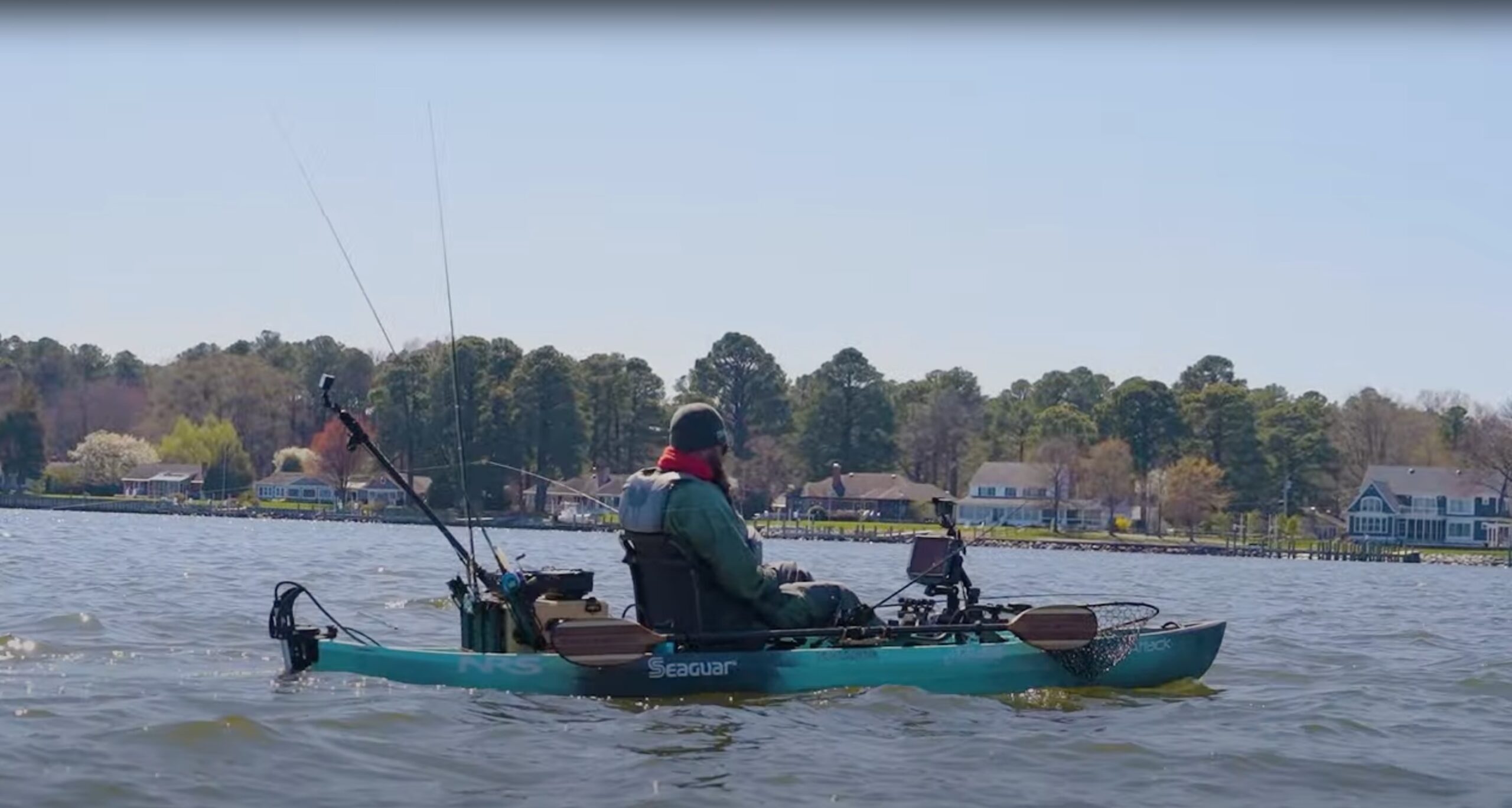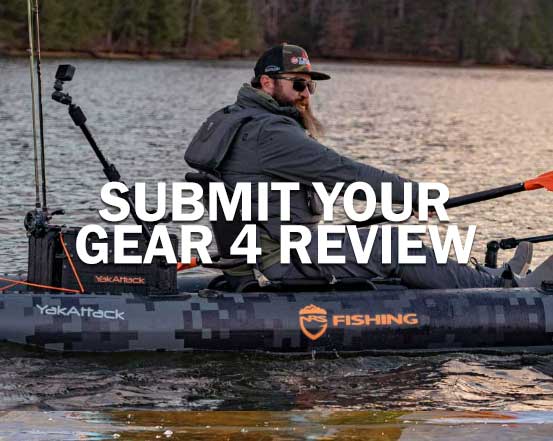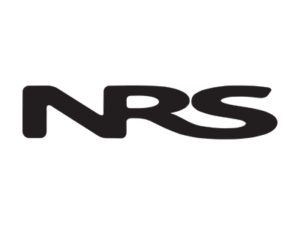Hey there, fellow anglers! Jameson here with Road Trip Angler. I want to dive into some crucial safety tips for kayak fishing in open water. Before we get started, I'd like to take a moment to thank our Sponsor of this article, the ACA, please remember to wear your lifejacket when enjoying the water. They have a fantastic online course for anyone thinking about getting into paddle sports. Check out the link for the free course!
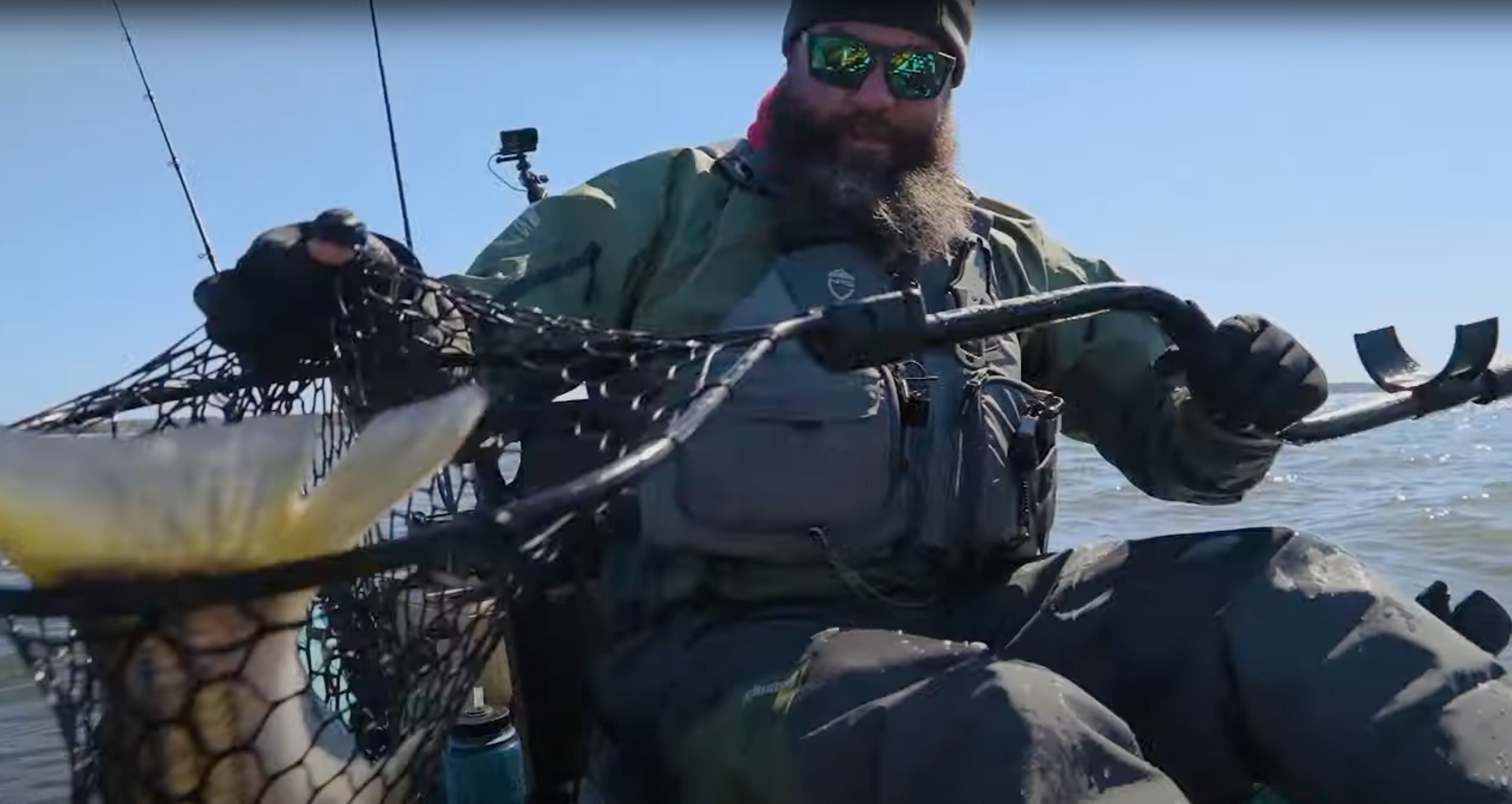
Understanding Open Water
When I talk about open water, I'm referring to those vast, expansive areas like big open bays, inshore flats further from shore, or large lakes. These are places where conditions can change rapidly due to weather, currents, or tidal shifts. It's a different ballgame compared to fishing small farm ponds, smaller lakes, or rivers where you're usually close to shore.
Prepping for the Trip
Launch Points and Weather Conditions
Kayak fishing safety planning starts before you even hit the water. Think about where you'll be launching, the weather conditions, and how you'll communicate with other anglers and people onshore. Always check the wind, tide, and current to ensure you can safely return to your launch point. It's often wise to paddle into the wind or current initially so that when you head back, these elements can help you out.
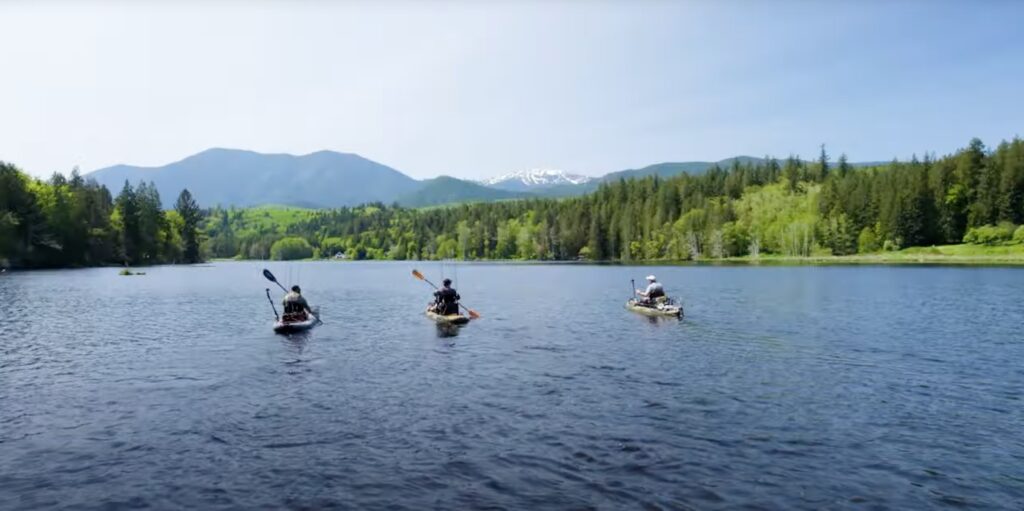
Float Plan
Just like river fishing, having a Kayak fishing safety float plan is essential. Let someone know where you're putting in, how long you'll be on the water, and your expected return time. This way, if something goes wrong, someone will know to look for you or get in touch.
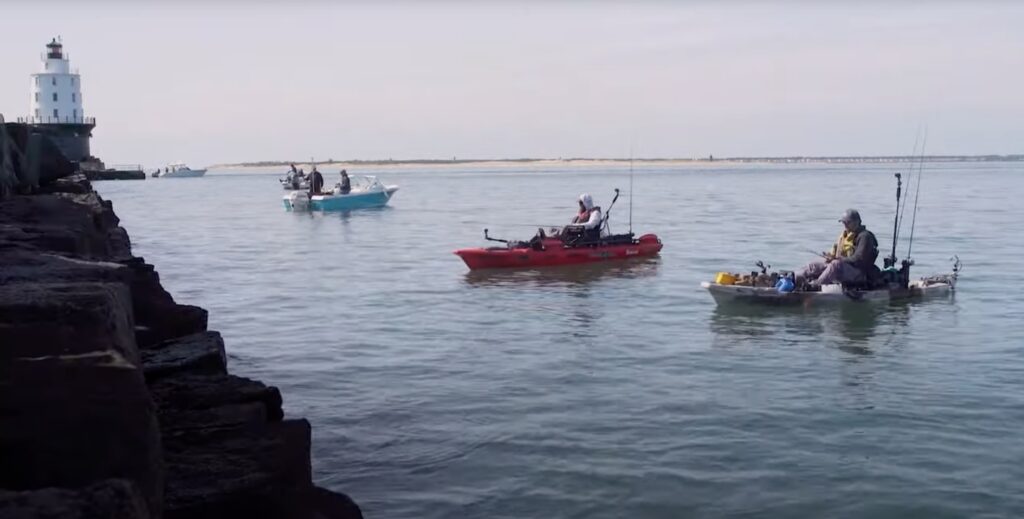
Buddy System
I always recommend going out with others. Not only does it make it easier to find and catch fish, but it's also crucial for safety. Having someone there to back you up in case of an emergency can make all the difference. If you must go alone, take as many safety precautions as possible.
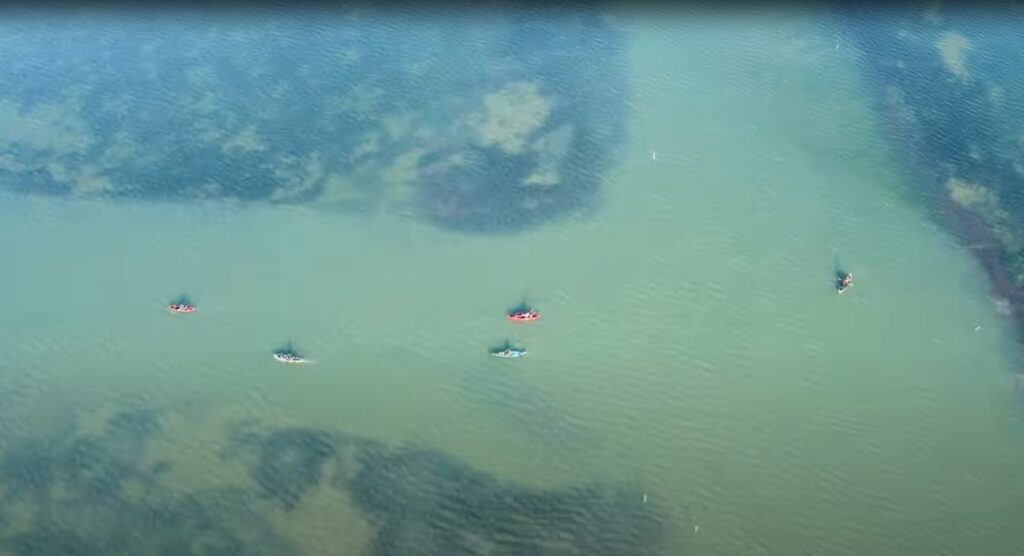
Safety Gear Essentials
Life Jacket
Always, always, always wear your life jacket. Find one that fits comfortably and is approved by the United States Coast Guard. I prefer the type with built-in flotation rather than relying on inflatable ones, which can fail.
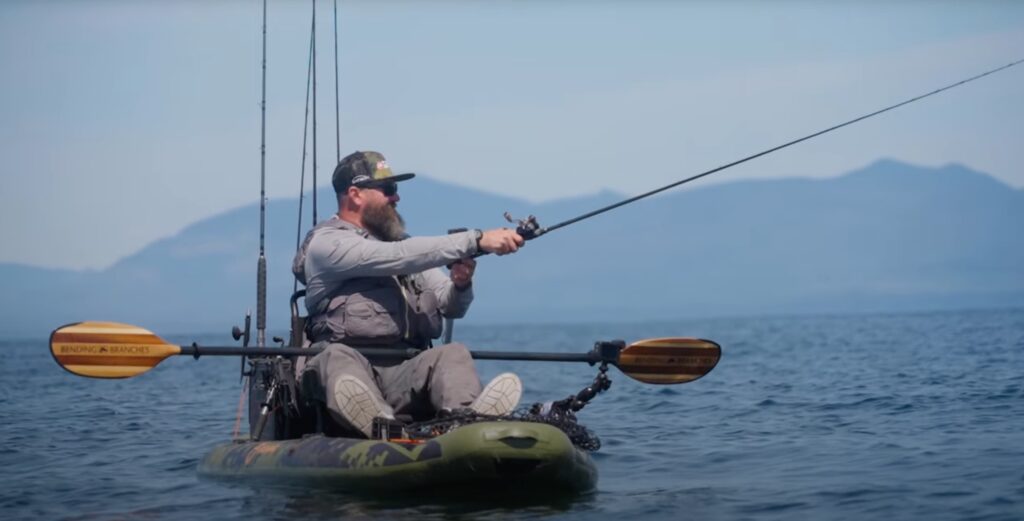
Tools and Communication Devices
- Knife: Attach a knife to your life jacket to cut away any entanglements from rod leashes, paddle leashes, or anchor lines.
- Pliers: Handy for fishing and in case you need to remove a hook from yourself.
- Sounding Device: A simple whistle can alert nearby boats or anglers if you need help.
- Communication Device: Keep your cell phone in a waterproof case on your person. If you're in an area with no cell service, a VHF radio is invaluable. It allows you to communicate with the Coast Guard and receive weather updates.
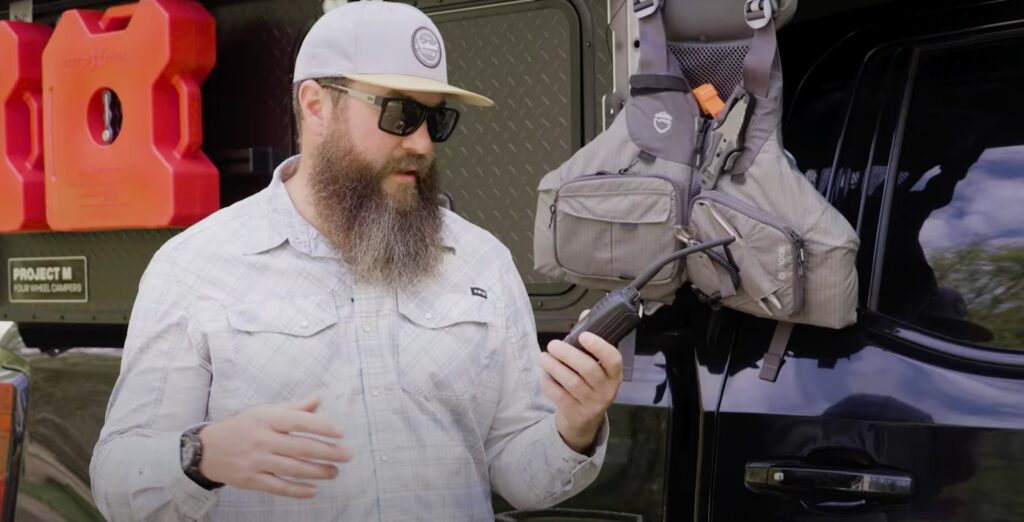
Proper Clothing
Dress for the water temperature, not just the air temperature. A dry suit or appropriate layers can keep you warm and safe if you end up in the water. Check out my full video on what to wear while kayak fishing for more details.
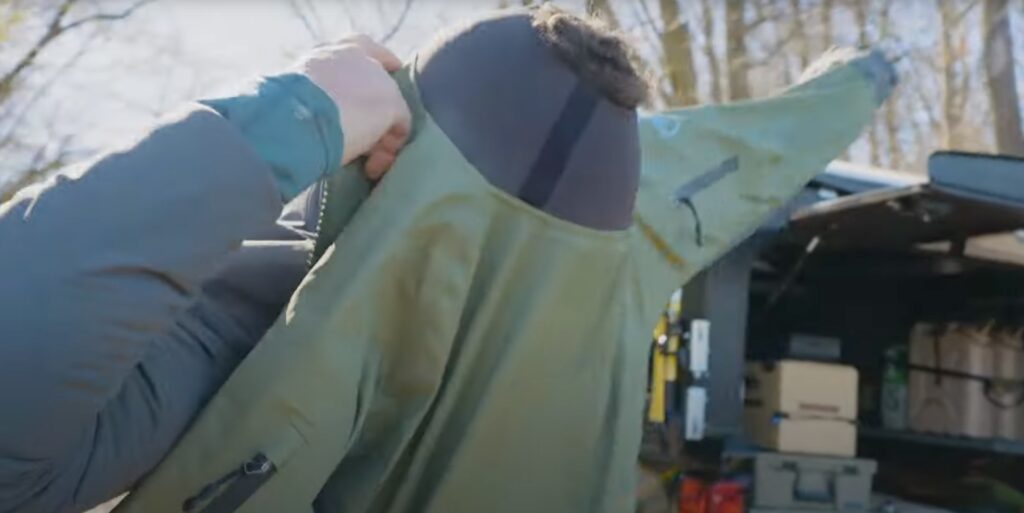
Handling Unexpected Situations
Navigating Rough Conditions
If you find yourself facing unexpected waves or strong winds, try to go with the waves or directly into them. This reduces the risk of flipping. Sometimes, you may need to take a longer route back to your launch point to avoid the roughest conditions. Remember, it's not always best to head straight for shore; plan your route to stay safe.
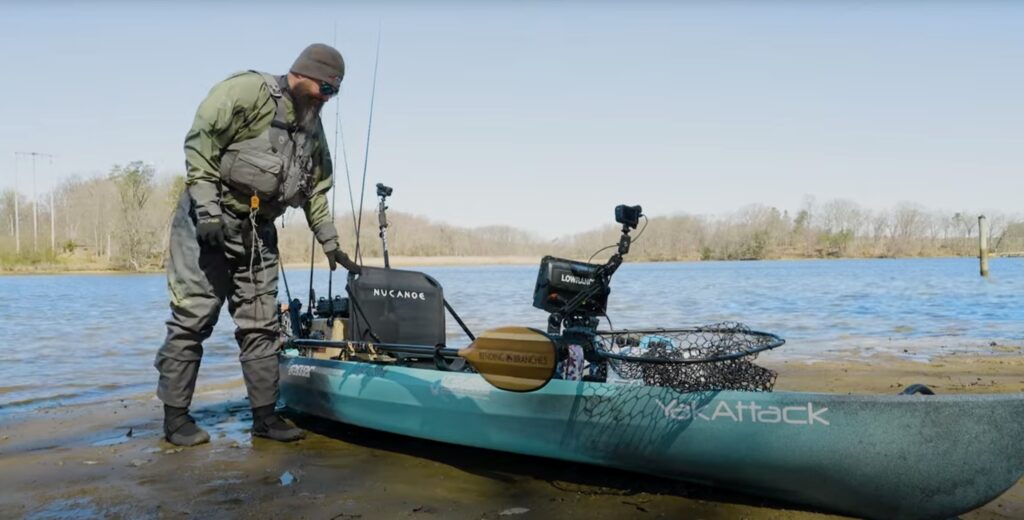
Low Seat Position
In rough conditions, lower your seat to improve stability. Keep your center of gravity low and avoid standing up. If you need to reach for something, put your feet in the water and keep your weight centered.
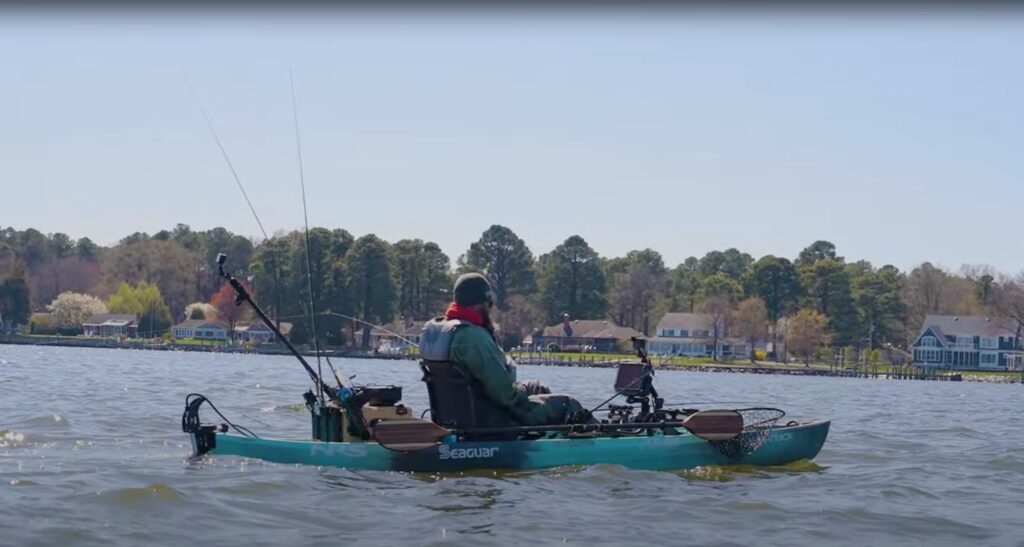
Navigation Tools
Whether it's a compass, your cell phone with maps, or your fish finder with GPS, always have a way to navigate. This helps you keep track of your position and find your way back if visibility is poor.
Practice Makes Perfect
Finally, practice getting back into your kayak if you capsize. Knowing how to right your kayak and climb back in can save your life. Watch my video on how to do this and practice in safe conditions. Once again, I want to give a big shoutout to our partner, the American Canoe Association. The online course is for anyone thinking about getting into paddle sports. Check out the link for the free course!
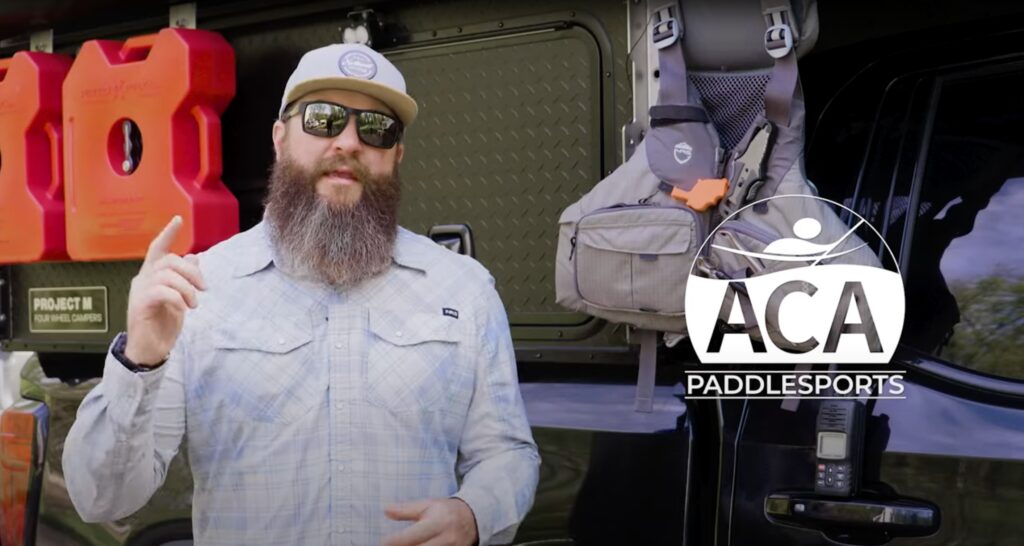
Stay safe out there, wear your life jacket, and as always, thanks for watching! Happy fishing!
I hope these tips help you stay safe and enjoy your kayak fishing adventures. If you enjoyed this content, be sure to subscribe to Road Trip Angler. Tight lines, everyone!



